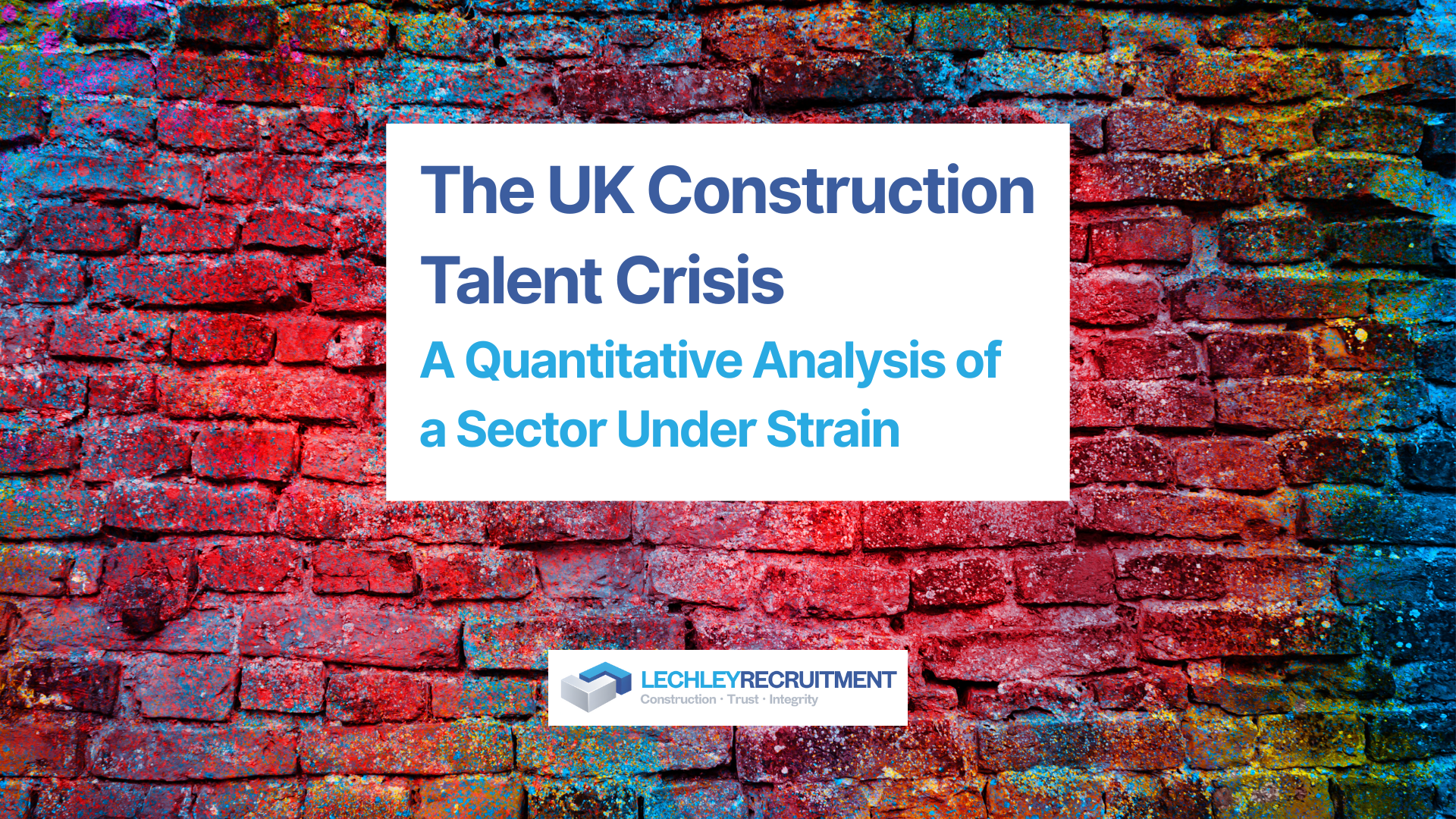The Benefits of Retaining Retired Workers in the Construction Industry
The construction industry is facing a significant challenge due to an ageing workforce. As many baby boomers approach retirement age, there is a growing need to replace their expertise and experience with a new generation of workers[9]. However, retaining these older workers within the industry can bring numerous benefits, particularly in passing on their knowledge and skills to the younger generation.
Experience and Knowledge Transfer
Older workers bring a wealth of experience and knowledge that can be invaluable to younger workers. They have a deep understanding of the industry, having navigated its complexities for many years. This experience can be passed on through mentorship programs, where experienced workers coach younger ones[3][4]. This not only helps to bridge the generational gap but also ensures that valuable skills and knowledge are not lost when older workers retire[1][10].
Consistency and Quality of Work
Due to their years of experience, older workers often produce more consistent and high-quality work. They have proven track records of success, which can be a valuable asset to any construction company[1][10]. By retaining these workers, companies can ensure that their high standards of work are maintained and passed on to the next generation.
Networking and Contacts
Older workers often have a strong network of industry contacts that they can bring to their roles. These contacts can be invaluable in the construction industry, where relationships and networking are key to securing contracts and projects[1].
Economic Benefits
Retaining older workers can also bring significant economic benefits. Knowledge transfer can immediately enhance a number of the performance parameters now utilised by the construction industry, such as cost, time, and safety[5]. Moreover, older workers tend to stay in jobs longer and take fewer days off, which can lead to increased productivity and reduced turnover costs[13].
Bridging the Skills Gap
The construction industry is currently facing a 'skills gap', with a significant number of workers set to retire within the next few years[1]. By retaining older workers and leveraging their knowledge and skills, companies can help to bridge this gap and ensure a smooth transition for the industry.
Conclusion
In conclusion, retaining retired workers within the construction industry can bring numerous benefits, particularly in terms of passing on their knowledge and skills to the younger generation. It can help to bridge the skills gap, maintain high standards of work, and bring economic benefits. Therefore, it is crucial for the industry to value and respect older workers and the wealth of experience they bring to the table.
Sources
Sources
[1] 10 Benefits that Older Workers Bring to the Construction Industry | GoContractor https://gocontractor.com/blog/benefits-older-workers-construction/
[2] Knowledge Transfer in a Project-Based Organization Through ... https://journals.sagepub.com/doi/full/10.1177/00218863211033096
[3] Reverse mentorships bridge generational gaps https://www.constructiondive.com/news/reverse-mentor-construction-technology-genz/698337/
[4] How to Create a Knowledge Transfer Strategy for Retiring Workers https://www.linkedin.com/pulse/how-create-knowledge-transfer-strategy-retiring-workers
[5] https://epress.lib.uts.edu.au/journals/index.php/AJCEB/article/download/8050/8003
[6] Multigenerational Leadership in Construction | FORVIS https://www.forvis.com/forsights/2022/06/multigenerational-leadership-in-construction
[7] Contractor uses AI to capture knowledge of retiring engineers https://blog.alicetechnologies.com/news/contractor-uses-ai-to-capture-knowledge-of-retiring-engineers
[8] A novel framework of knowledge transfer system for construction ... https://www.sciencedirect.com/science/article/abs/pii/S0957417422003906
[9] The aging workforce in construction will bring a lot of challenges to the sector here is what we can do to mitigate any risks. https://www.linkedin.com/pulse/aging-workforce-construction-bring-lot-challenges-sector-alex-herman
[10] 5 Reasons to Hire Older Workers — and 1 Thing to Avoid Doing https://kimmel.com/employers/embrace-gray-power-5-reasons-to-hire-older-workers-and-1-thing-to-avoid-doing
[11] Knowledge Transfer Characteristics of Construction Workers Based on Social Network Analysis https://www.mdpi.com/2075-5309/12/11/1876
[12] Mentoring Millennials https://hbr.org/2010/05/mentoring-millennials
[13] The Advantages of Older Workers https://www.publichealth.columbia.edu/research/others/age-smart-employer/resources/guides/advantages-older-workers
[14] How Knowledge Transfer Impacts Performance - jstor https://www.jstor.org/stable/23362025
[15] Mentorship in Construction: Why and How | GoCodes https://gocodes.com/mentorship-in-construction/
[16] Preventing Brain Drain: Preserving retirees' institutional knowledge ... https://www.ecmag.com/magazine/articles/article-detail/your-business-preventing-brain-drain-preserving-retirees-institutional-knowledge-and
[17] (PDF) EFFECTIVE KNOWLEDGE TRANSFER IN CONSTRUCTION https://www.researchgate.net/publication/325099453_EFFECTIVE_KNOWLEDGE_TRANSFER_IN_CONSTRUCTION_-THE_NEED_FOR_A'KNOWLEDGE_MEDIATOR'
[18] The Role of Mentoring in the Construction Industry https://www.sehexc.com/the-role-of-mentoring-in-the-construction-industry/
[19] Age Safe: How an Aging Workforce Impacts the Construction Industry http://www.naylornetwork.com/ngc-constructor/articles/?aid=253843&issueID=31705
[20] Technology transfer in the construction industry - The Journal of Technology Transfer https://link.springer.com/article/10.1007/s10961-020-09820-7
[21] Mentoring and Baby Boomers https://lindenbergergroup.com/mentoring-and-baby-boomers/
[22] How a Digital-First Mindset will Alleviate Retirement Woes for Workers https://www.contractormag.com/management/best-practices/article/21280347/how-a-digital-first-mindset-will-alleviate-retirement-woes-for-workers
[23] Understanding the Impact of Social Capital on the Innovation Performance of Construction Enterprises: Based on the Mediating Effect of Knowledge Transfer https://www.mdpi.com/2071-1050/13/9/5099
[24] Multigenerational Work and Mentorship https://www.aarp.org/pri/topics/work-finances-retirement/employers-workforce/multigenerational-work-mentorship.html





